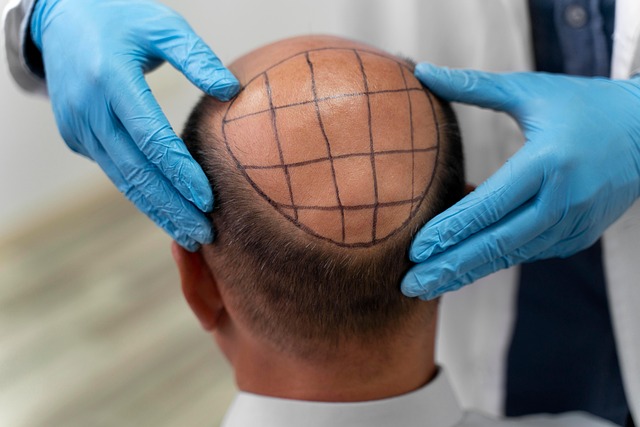The Art and Science of Hair Transplantation: Restoring Confidence Strand by Strand
Hair loss can be a source of distress for many individuals, impacting self-esteem and confidence. Fortunately, modern medical advancements have paved the way for effective solutions, with hair transplantation standing at the forefront. This innovative procedure offers hope to those seeking to restore their hair and, by extension, their sense of self. Let's delve into the world of hair transplantation, exploring its techniques, benefits, and considerations for those contemplating this transformative journey.

How does the hair transplant process work?
The hair transplant process typically involves several stages. First, the surgeon harvests hair follicles from the donor area, usually the back or sides of the head. This can be done through two main methods: Follicular Unit Transplantation (FUT) or Follicular Unit Extraction (FUE). In FUT, a strip of skin is removed and divided into individual follicular units. FUE involves extracting individual follicles directly from the scalp. Once harvested, these follicles are carefully implanted into the recipient area, with meticulous attention paid to the angle, depth, and direction of each graft to ensure a natural appearance [2].
What are the benefits of hair transplantation?
Hair transplantation offers numerous benefits beyond just restoring hair. For many, it’s a path to renewed confidence and improved self-image. The results are permanent, as the transplanted hair retains its genetic resistance to balding. Modern techniques produce natural-looking results that are virtually indistinguishable from one’s original hair. Additionally, the procedure is minimally invasive, with most patients experiencing little downtime and a relatively quick recovery period [3].
Are there different types of hair transplant procedures?
Yes, there are several types of hair transplant procedures, each with its own advantages. The two most common are FUT and FUE, as mentioned earlier. FUT is often preferred for larger areas of baldness, as it allows for the harvesting of more grafts in a single session. FUE, on the other hand, is ideal for smaller areas and leaves minimal scarring. Another emerging technique is Direct Hair Implantation (DHI), which uses a specialized tool to extract and implant follicles in one step, potentially reducing trauma to the scalp [4].
Can hair transplants be used for areas other than the scalp?
While scalp hair restoration is the most common application, hair transplantation techniques have expanded to address other areas of concern. Eyebrow transplants, for instance, have gained popularity as a solution for those with sparse or over-plucked brows. This meticulous procedure involves carefully placing individual hair follicles to recreate natural-looking eyebrows. Similarly, beard transplants can help men achieve fuller facial hair. These specialized applications demonstrate the versatility of hair transplantation in enhancing various aspects of one’s appearance [5].
What should one consider before opting for a hair transplant?
Before deciding on a hair transplant, several factors warrant careful consideration. The cause and pattern of hair loss should be evaluated to determine if transplantation is the most suitable option. Age is also a factor, as younger individuals may continue to lose hair, potentially affecting the long-term results. The availability of donor hair is crucial, as this limits the extent of coverage possible. Additionally, patients should have realistic expectations about the outcomes and be prepared for the recovery process. Consulting with a qualified hair restoration specialist is essential to assess individual suitability and develop a personalized treatment plan.
| Provider | Procedure Type | Estimated Cost Range |
|---|---|---|
| Bosley | FUE | $4,000 - $15,000 |
| Hair Club | FUT | $5,000 - $12,000 |
| Bernstein Medical | Robotic FUE | $8,000 - $20,000 |
| Ziering Medical | FUE/FUT | $6,000 - $18,000 |
| Restore | FUE | $7,000 - $16,000 |
Prices, rates, or cost estimates mentioned in this article are based on the latest available information but may change over time. Independent research is advised before making financial decisions.
Hair transplantation represents a significant advancement in cosmetic procedures, offering a permanent solution to hair loss. By combining artistic skill with medical expertise, surgeons can create natural-looking results that restore not just hair, but confidence. As with any medical procedure, it’s crucial to approach hair transplantation with thorough research and realistic expectations. With continued advancements in techniques and technology, the future of hair restoration looks brighter than ever, promising even more refined and accessible solutions for those seeking to regain their crowning glory.
Sources:
-
International Society of Hair Restoration Surgery
-
American Academy of Dermatology
-
Journal of Cutaneous and Aesthetic Surgery
-
Hair Transplant Forum International
-
Facial Plastic Surgery & Aesthetic Medicine






